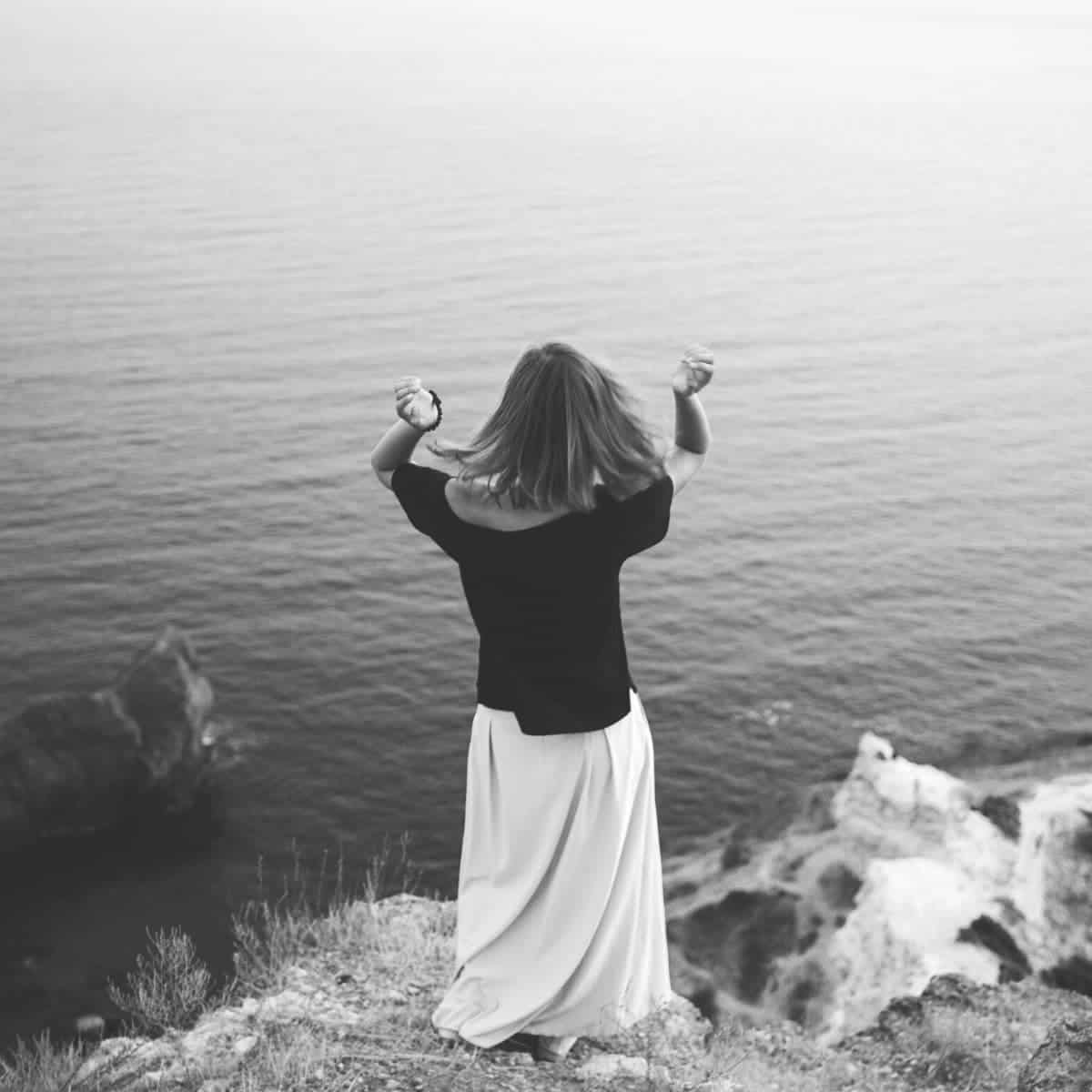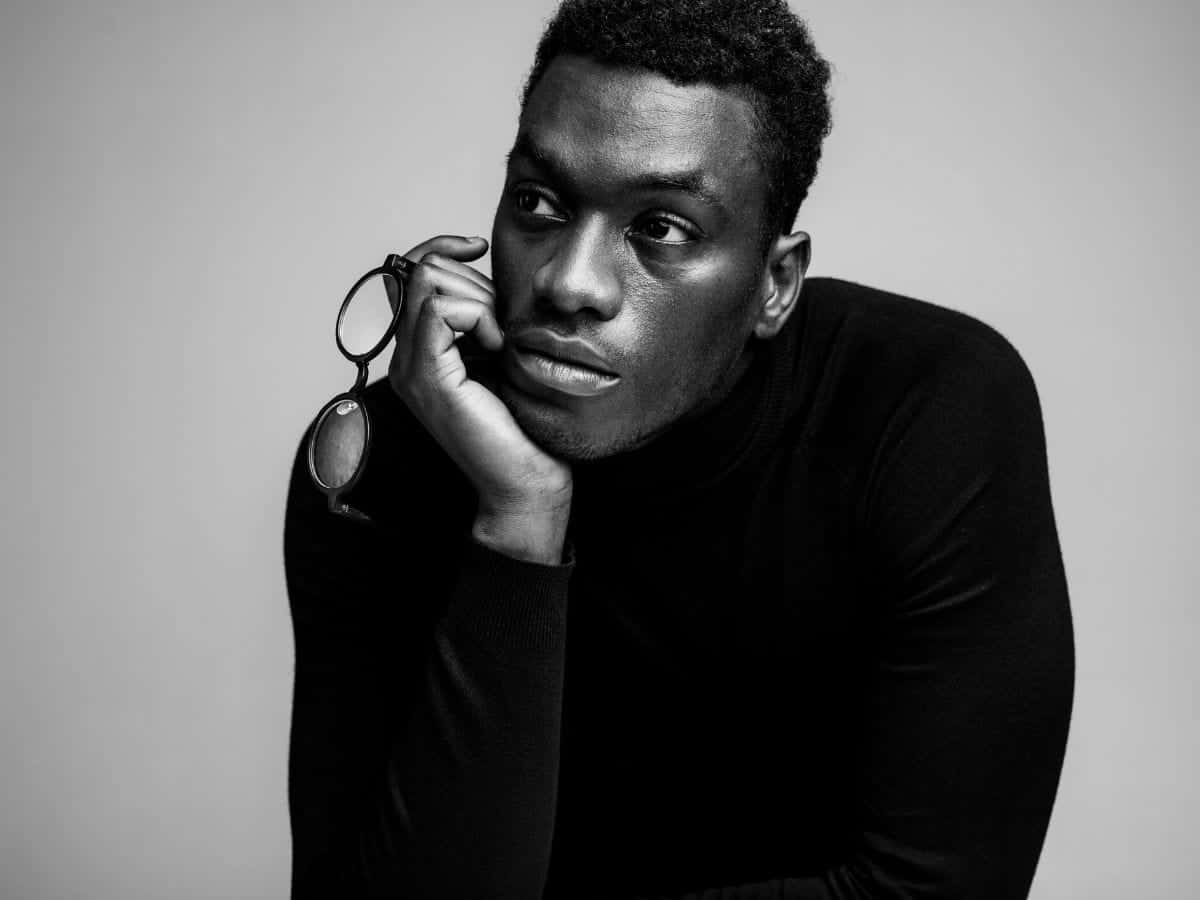Often, the terms greyscale and monochrome are used interchangeably. While they can be similar, they’re different. Learn what each one is.

As a photographer, you look for ways to express your creativity and capture beautiful photos.
One of the most popular and classic methods is to take pictures in black and white. Historically, all photos were black and white.
Related: How to take a black and white portrait
So, taking photos like that today offers a vintage feel. It also forces you to get creative, as you don’t have help from colors.
Instead, you must consider the light, highlights, shadows, and your subject.
As you started learning more about black and white photography, you may have heard of the terms grayscale and monochrome. Often, they’re used interchangeably.
Related: 10 best camera bags
While they can be similar, some differences explain why all grayscale photos are monochrome, but not all monochrome photos are grayscale.
Grayscale

Grayscale is the technical term for black and white photography. It’s a photo that only has shades of gray, which range from white to black.
Grayscale photography is popular and worth doing because the lack of color emphasizes texture, shape, form, and contrast.
Related: Everything you need to know about the CR2 file extension
If you’re capturing portraits, it’s also excellent for portraying emotions. The highlights and shadows in a grayscale photo work together to create a powerful image.
By removing colors, there will also be fewer potential distractions. With color in a photo, your eyes are drawn to all of the different details and colors. So, a grayscale photo keeps it simple.
Monochrome

Monochrome means using different tints, tones, and shades of one hue. That’s why grayscale photos are monochromatic, but not all monochrome color schemes are grayscale.
An example is blue. In a monochromatic color scheme, an image will have different shades of blue.
Related: What’s a viewfinder?
In color theory, monochromatic color schemes are a technique for color harmony. It states that monochrome color schemes are pleasing to the eye.
It’s difficult to capture an entirely monochrome photo without a filter or editing. So, you can have monochrome patterns in a photo without the entire frame being monochrome.
Which is better?
Grayscale photography is all about the details while removing distractions that color photos may present.
Monochromatic photography is about using a color-focused technique to create an appealing image.
Related: What’s the hot shoe?
While they serve different purposes, both are used to capture beautiful photos. So, the one you use depends on the goal of your photo.
If you want to emphasize lines, shapes, details, and contrast, use grayscale photography. If your goal is to capture an aesthetic photo without being limited to grayscale, use monochromatic photography.
Related: Documentary photography: Tips for taking compelling photos
The best way to approach it if you’re unsure is to combine both. Take the photo in color and change in post-processing. It allows you to have both options, in case you prefer one over the other.
Conclusion
Grayscale and monochrome are related terms. Both of them limit or eliminate colors from a photo. Monochrome refers to different shades, tints, and tones of a single hue, while grayscale refers to shades of gray, ranging from white to black.
Featured image courtesy of Canva.

